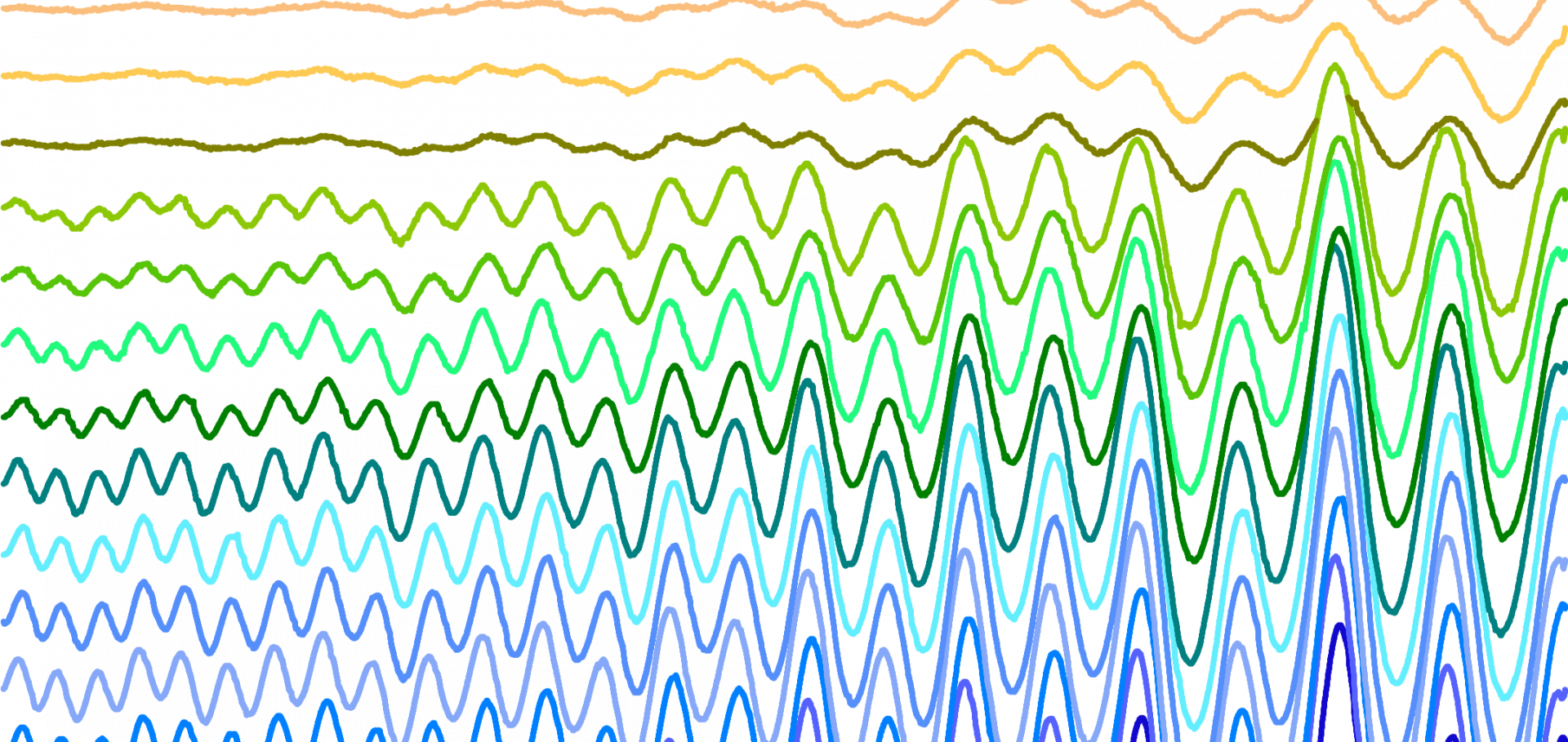Tuning electronic ground states by using chemical pressure on quasi-two dimensionalβ″-(BEDT-TTF)4[(H3O)M(C2O4)3]·Y
Journal of Low Temperature Physics Springer Nature 142:3-4 (2006) 253-256
Tuning electronic ground states by using chemical pressure on quasi-two dimensional beta ''-(BEDT-TTF)(4)[(H3O)M(C2O4)(3)]center dot Y
J LOW TEMP PHYS 142:3-4 (2006) 253-256
Abstract:
We report high-field magnetotransport studies on quasi-two dimensional beta"-(BEDT-TTF)(4)[(H3O)M(C2O4)(3)]Y-. where Y is a solvent in the anionic layer. By changing the size of the solvent the low temperatures electronic behaviour varies from superconducting (for larger solvents, Y=C6H5NO2 and C6H5CN) to metallic (for smaller solvents, Y=C5H5N and CH2O2). These changes in the ground state are connected with modifications of the Fermi surface, which varies from having one or two pockets for the superconducting charge-transfer salts to at least four pockets in the case of metallic ones. When superconducting, the materials have very large in-plane critical fields (up to 32 T) and enhanced effective masses compared with the metallic compounds. The role of the charge-order fluctuations in stabilizing the superconducting ground state and the effects of intrinsic local disorder is discussed.Robust superconducting state in the low-quasiparticle-density organic metals β″-(BEDT-TTF)4[(H3O)M(C2O4)3]Y: Superconductivity due to proximity to a charge-ordered state
Physical Review B Condensed Matter and Materials Physics 72:1 (2005)
Abstract:
We report magnetotransport measurements on the quasi-two-dimensional charge-transfer salts β″-(BEDT-TTF)4[(H3O)M(C2O4)3]Y, with Y=C6H5NO2 and C6H5CN using magnetic fields of up to 45 T and temperatures down to 0.5 K. A surprisingly robust superconducting state with an in-plane upper critical field Bc2 33T, comparable to the highest critical field of any BEDT-TTF superconductor, and critical temperature Tcâ 7K is observed when M=Ga and Y=C6H5NO2. The presence of magnetic M ions reduces the in-plane upper critical field to 18T for M=Cr and Y=C6H5NO2 and M=Fe and Y=C6H5CN. Prominent Shubnikov-de Haas oscillations are observed at low temperatures and high magnetic fields, showing that the superconducting salts possess Fermi surfaces with one or two small quasi-two-dimensional pockets, their total area comprising 6% of the room-temperature Brillouin zone; the quasiparticle effective masses were found to be enhanced when the ion M was magnetic (Fe or Cr). The low effective masses and quasiparticle densities, and the systematic variation of the properties of the β″-(BEDT-TTF)4[(H3O)M(C2O4)3]Y salts with unit-cell volume points to the possibility of a superconducting groundstate with a charge-fluctuation-mediated superconductivity mechanism such as that proposed by Merino and McKenzie [Phys. Rev. Lett. 87, 237002 (2001)], rather than the spin-fluctuation mechanism appropriate for the κ-(BEDT-TTF)2X salts. © 2005 The American Physical Society.Millimetre-wave studies on the high-spin molecules Cr-10(OMe)(20)(O2CCMe3)(10) and Cr12O9(OH)(3)(O2CCMe3)(15)
SYNTHETIC MET 154:1-3 (2005) 305-308
Abstract:
We report millimetre-wave electron spin resonance (ESR) measurements on single crystals of the high-spin molecules Cr-10(OMe)(20)(O2CCMe3)(10) and Cr12O9(OH)(3)(O2CCMe3)(15) within a temperature range of 1.4 K to 50 K and in magnetic fields of up to 5 Tesla. In our experiments it is possible to vary the orientation of the magnetic field with respect to the crystal axes, and thus to study the ESR lineshapes as a function of both temperature and angle. Our results confirm that Cr-10(OMe)(20)(O2CCMe3)(10) behaves as a single-molecule magnet with S = 15 and D = -0.03 K, while Cr12O9(OH)(3)(O2CCMe3)(15) has S = 6 and D similar to 0.1 K. A comparison of the experimental spectra with numerical simulations gives good agreement at low temperatures. At higher temperatures, we observe a narrowing of the ESR spectrum that is not explained by simple models.Angle-dependent magneto-transport measurements on kappa-(BEDT-TTF)(2)Cu(NCS)(2) under pressure
SYNTHETIC MET 153:1-3 (2005) 449-452


